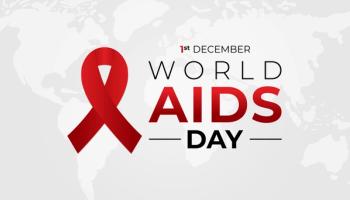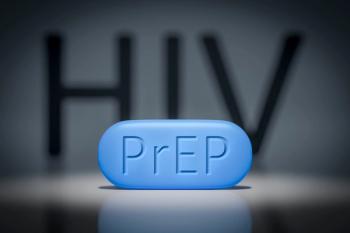
Howard University Professor Awarded Grant to Harness Nanotechnology for HIV Cure
HIV hides out and replicates in the spleen, the lymph nodes and other reservoirs. Emmanuel Okala hopes to develop nanotechnology that will flush it out.
With the $772,500 of grant money aimed for the latter, he intends to harness the promising properties of nanotechnology to address problems in current novel strategies toward HIV cure. More specifically, the grant money will be used to acquire pieces of equipment and chemicals to fabricate drug-loaded nanoparticles taght will be tested for efficacy in humanized mice model of HIV infection.
“We are very excited to receive support from the NIH,” says Akala, who is the director of the college of pharmacy’s laboratory for nanomedicine, drug delivery, and pharmaceutical and biopharmaceutical drug products design and development. “Whatever good ideas we have in research, we cannot implement them unless there is money to support it. I am also very happy to be able to contribute to solving health problems, particularly those that affect African Americans disproportionately.”
African Americans have been disproportionately affected by HIV/AIDS since the epidemic’s beginning. The disparity has deepened over time. Black people are 12% of the U.S. population, In 2019, 15,305 of the 36,801, or 42%, of the people in the U.S. and its dependent areas who were diagnosed with HIV were Black people. The ratio is similar among those living with HIV; in 2019, 479,300 of the 1.2 million people, or 40% were Black people.
“Among Black Americans, Black women, youth, and gay and bisexual men have been especially hard hit,” Akala says. “A number of interconnected challenges contribute to the epidemic among Black people, including poverty, lack of access to health care, higher rates of some sexually transmitted infections, smaller sexual networks, lack of awareness of HIV status, and stigma.”
He notes that highly active, combination antiretroviral therapy (cART) for chronic suppression of HIV replication has revolutionized the treatment of HIV/AIDS. However, cART must be maintained for life, as virus continues to replicate in anatomical and cellular reservoirs for the lifetime of the individuals receiving cART.
“The reservoirs of HIV-1 represent major impediments to eradication,” he says. “Viral replication occurs predominantly in the peripheral lymphoid organs such as the spleen, lymph nodes and gut associated lymph nodes.”
By studying nanotechnology drug delivery systems to overcome problems associated with clearing the lymph node and the spleen HIV reservoirs, he believes that his research could lead to the development of an HIV cure as the lymph nodes serve as an anatomical reservoir for HIV virus.
“The HIV reservoirs in the body will be targeted using nanotechnology with a view to clearing the reservoirs and stopping HIV replication,” Akala says. “I have to tell you that it is a long road with testing in mice, monkey and man. Thus, a lot of time and money are needed. We need help from private philanthropic organizations to continue to work on the project until our nanotechnology platform is tested in people.”
Newsletter
Get the latest industry news, event updates, and more from Managed healthcare Executive.






















































